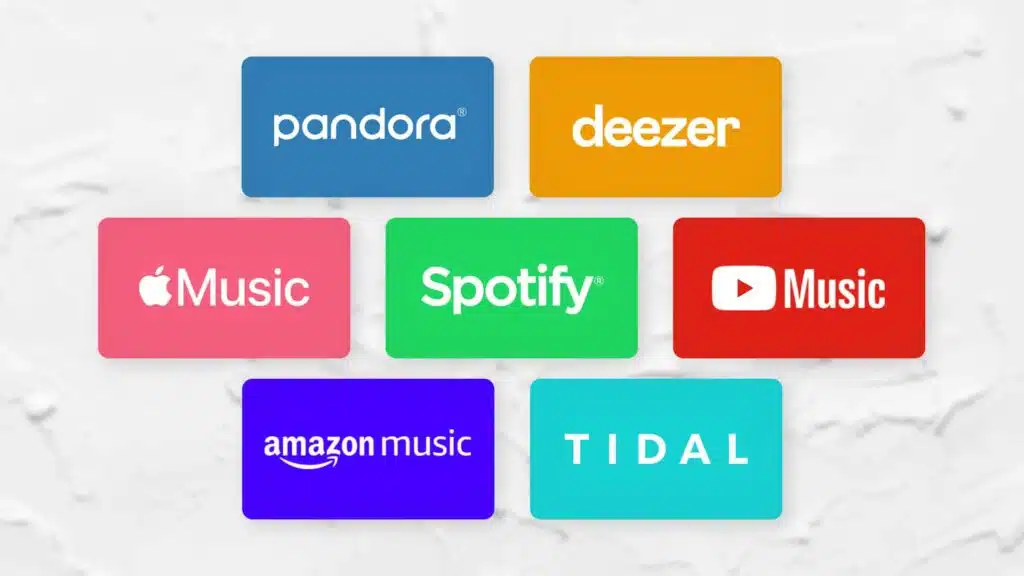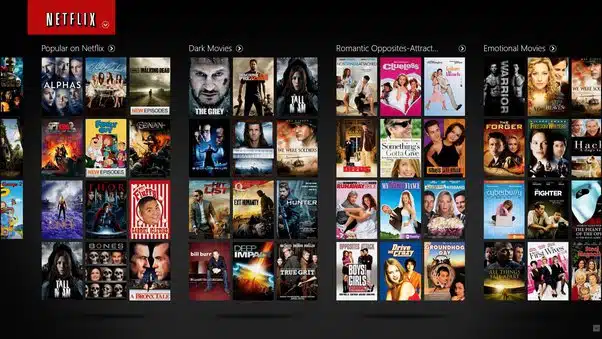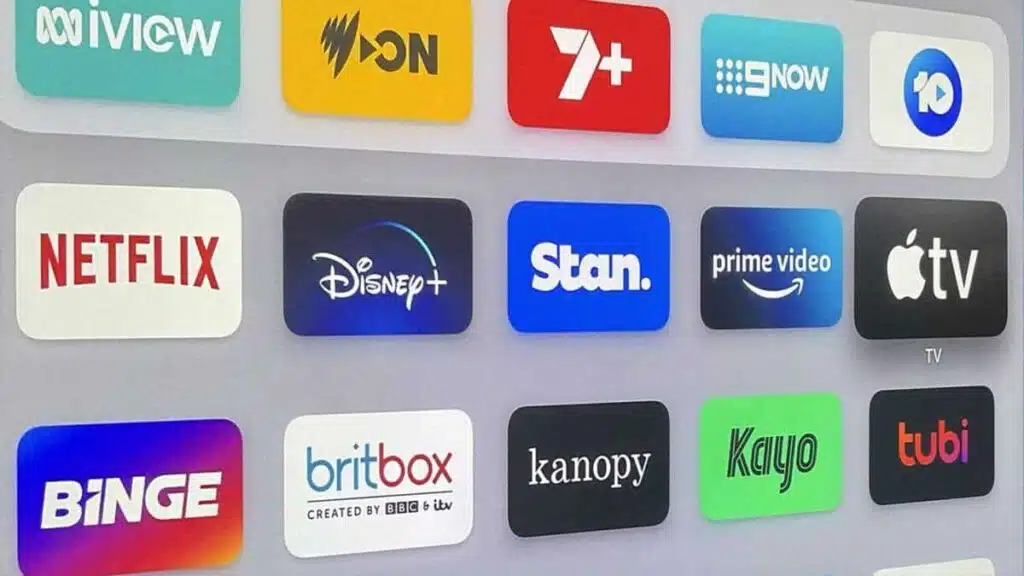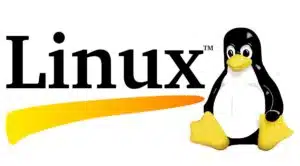
In a rapidly evolving digital world, understanding copyright licenses has become an essential component of business strategy. In an era where content flows freely and geographical boundaries are increasingly blurred, the ability to protect and innovate through these licenses is not just a competitive advantage, but a necessity.
This article aims to unveil the complexities and opportunities offered by these licenses, highlighting their crucial importance in protecting intellectual property and their role in encouraging innovation on a global scale.
Global Significance of Copyright Licenses
In a globalized economy, where the creation and distribution of content extend beyond national borders, understanding the international scope of copyright licenses is paramount. These licenses serve as the foundation for the protection of original works, artistic creations, technological innovations, and brands, thus enabling creators and companies to secure their investments and maintain their uniqueness in the global market.
The role of these licenses in protecting intellectual property is all the more vital as they provide a legal framework to defend the rights of authors and creators against counterfeiting and piracy. By establishing clear rules on the use of protected works, copyright licenses ensure that creators and content owners can control and monetize their work across different countries and regions, respecting various legislations and international agreements.
Fundamental Concepts of Copyright Licenses
The landscape of copyright is governed by universal principles that transcend national borders, creating a global framework for the protection and management of intellectual property. These principles are fundamental to understanding how copyright licenses work internationally and how they can be adapted to the specific needs of creators and businesses in a constantly evolving digital world.
Copyright and Its International Reach
Copyright grants creators of original works exclusive rights over their use, including the right to reproduce, distribute, and communicate these works to the public. These rights are recognized internationally, although their implementation may vary according to national legislations.
Global recognition of copyright is essential for artists, writers, musicians, software developers, and other creators looking to share their work while protecting it against unauthorized use abroad.
Variety of Licensing Models
Copyright licenses represent a range of possibilities allowing creators to choose how and by whom their works can be used. Each type of license offers specific benefits and restrictions, tailored to the different needs and objectives of creators.
Exclusive Licenses
Exclusive licenses grant only one licensee the right to use the work, excluding all others. A concrete example is the agreement between a writer and a publishing house for the publication of a book.
For instance, J.K. Rowling granted an exclusive license to Bloomsbury in the UK and to Scholastic in the US to publish the “Harry Potter” series. In this case, only the entity with the exclusive license can reproduce and sell the book in the designated region.


Non-Exclusive Licenses
Conversely, non-exclusive licenses allow multiple parties to benefit from the rights to use the work. A common example is music under a non-exclusive license. An artist like Taylor Swift can grant non-exclusive licenses to various radio stations or streaming services to play her songs. This means that multiple entities can simultaneously use the music in their programs or platforms.

Creative Commons Licenses
Creative Commons licenses offer a more flexible approach, ideal for works intended to be shared and reused. For example, a photograph uploaded by an artist under a Creative Commons license can be used by others, provided they adhere to the terms set by the author (such as attribution, non-commercial use, or creating derivative works under the same conditions).
A photographer like Trey Ratcliff often uses this type of license for his travel photos, allowing others to use them while retaining certain rights.

Partner and product selection
Choosing the right partner and product for a non-exclusive license is a strategic decision. It is imperative to select partners whose objectives and values are aligned with those of your company.
The reputation, reliability and market potential of the partner and the product must be carefully assessed to ensure a successful collaboration.
This choice determines not only the immediate success of the partnership, but also its long-term impact on the brand and the market.
Global Copyright Framework
International Standards and Treaties
The international copyright framework is structured around various treaties and conventions, such as the Berne Convention for the Protection of Literary and Artistic Works, which establishes minimum standards for copyright protection in signatory countries.
These international agreements are complemented by national laws, ensuring consistent copyright protection worldwide.
Digital Challenges and Adaptations
The digital era has brought new challenges for copyright protection, particularly regarding online content distribution and digital piracy. Creators and lawmakers must constantly adapt to these developments, finding balances between copyright protection, facilitating content access, and promoting innovation in the digital space.
These challenges require innovative legal and technological strategies to ensure effective copyright protection in the digital age.
Innovation and Creativity under License
Innovation and Creativity under License
Copyright licensing is not just about protecting existing works; it is also a vital driver of innovation and creativity. By facilitating the legal sharing and use of works, copyright licenses encourage creative collaboration and innovation across various sectors.
Fostering Innovation
- Licenses as a Tool for Creative Collaboration
Licenses provide a structure that allows creators to share their works while retaining control over how they are used. This approach opens the door to creative collaborations that can lead to unexpected innovations. For example, open-source licenses in software, like those used by Linux, encourage developers to collaborate and continuously improve existing codes, leading to rapid and diversified technological advancements.
- Success Stories of Innovations under License
Many of today’s innovations stem from the use of copyright licenses. Adobe, for example, offers licenses for its graphic design software, enabling designers and businesses of all sizes to create high-quality visual content. This availability has given rise to a rich ecosystem of graphic innovations, from advertising to digital art, significantly influencing creative industries.
Impact on Creative Sectors
- Influence on Cultural and Technological Industries
Copyright licenses play a crucial role in cultural and technological industries, enabling broader distribution and access to creative works. Whether in music, film, literature, or software, licenses create an environment where works can be legally shared and used, thus stimulating creativity and innovation.
- Practical Cases of Innovative License Use
A striking example is Netflix, which uses licenses to stream a wide variety of movies and TV shows. This approach has not only changed how content is consumed but also encouraged the production of original content, giving creators a global platform to showcase their work. Similarly, Spotify’s use of licenses has revolutionized the music industry, allowing easy access to a wide range of music and supporting artists through new revenue models.

Challenges and Strategies
Navigating the copyright licensing landscape represents a complex yet essential challenge for businesses and creators. This section explores key challenges related to license management and effective strategies for adapting to a constantly changing environment.
Navigating a Complex Landscape
- Risk Management in Licensing
A crucial aspect of license management is mitigating risks, particularly on social media platforms where content is shared virally. Instagram, for example, faced legal challenges related to the use of copyrighted music in users’ stories. In response, the platform negotiated agreements with record labels to allow legal use of music tracks, introducing a library of licensed songs that users can safely use in their stories. This initiative illustrates the importance of proactive copyright risk management in today’s digital environment.
- Adapting to Technological Evolutions
The entertainment industry, in particular, has had to adapt to the rapid evolution of broadcasting technologies. Take the example of Warner Bros., a giant in the film and television industry. Faced with the emergence of streaming as a preferred mode of consumption, Warner Bros. had to rethink its distribution and licensing strategies.
This involved not only negotiating new types of contracts with streaming platforms like Netflix and Amazon Prime but also creating their own streaming service, HBO Max. These adaptations have enabled Warner Bros. to remain competitive in a market where traditional models of film and television distribution are declining.

Optimizing Licensing Practices
- Strategies for Businesses and Creators
To optimize licensing practices, businesses and creators must carefully assess their objectives and choose the type of license most suited to their needs. This may involve more open licenses to maximize distribution or more restrictive licenses for increased control. The key is finding a balance between protecting rights and promoting content accessibility and use.
- Future Perspectives and Trends
Future trends in copyright licenses are moving towards greater flexibility and customization of licensing agreements to meet the specific needs of users and creators. With evolving technologies like artificial intelligence and blockchain, new opportunities are emerging for more automated and transparent licensing systems, which could radically transform how copyrights are managed and exploited in the future.
Conclusion: Future Perspectives of Copyright Licensing
In conclusion, copyright licenses play an undeniably crucial role in balancing the protection of copyright and promoting innovation and creativity globally. This section aims to synthesize the key points addressed earlier and project future trends in this field.
Synthesis and Projections
Essential Role of Licenses in Protecting Innovation
Copyright licenses are at the heart of protecting intellectual property. They enable creators to secure their works while sharing their creativity with the world. This protection is vital for encouraging continuous innovation, ensuring creators that their intellectual and artistic investments are valued and protected. In a world where digital content is readily accessible, licenses become an even more crucial tool to preserve the originality and authenticity of creations.
Future Evolution of Copyright and Global Creativity
Looking ahead, we can expect copyright laws and licensing practices to evolve to adapt to new technological realities and content consumption modes. Licensing systems will need to continue to innovate to address the growing complexity of digital environments while maintaining simplicity and accessibility for users and creators. Moreover, the increased integration of advanced technologies like artificial intelligence and blockchain could offer new ways to manage copyrights, making the process more efficient, transparent, and fair for all parties involved.
In summary, copyright licenses will remain a fundamental pillar in protecting and promoting innovation and creativity globally. Their ability to adapt and evolve in a rapidly changing media landscape will be crucial in shaping the future of intellectual property and digital culture.

Monte-Carlo Lifestyle is a brand that encapsulates all the collections in its portfolio, with the labels ‘Monaco’ and ‘Monte-Carlo, that is registered globally for an extensive line of consumer goods.
Subscribe for our monthly newsletter to stay updated.
which supplier and need to make the complete setup, can be added later ?



















